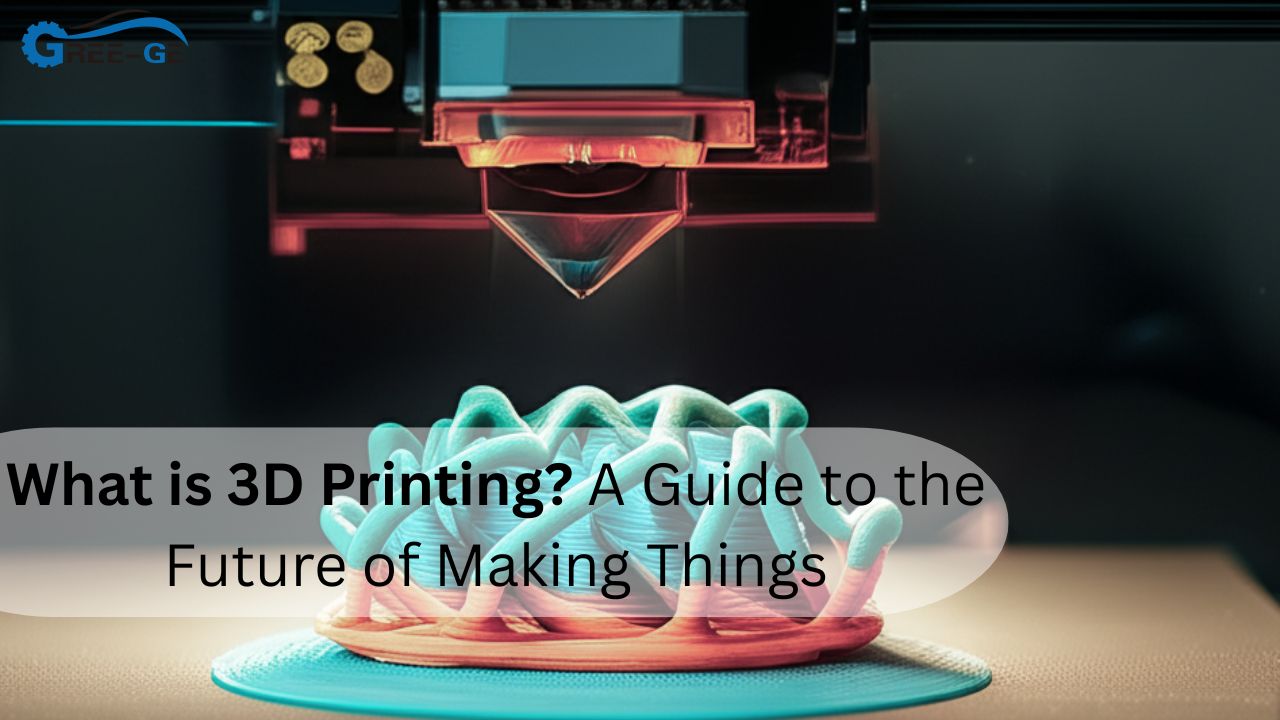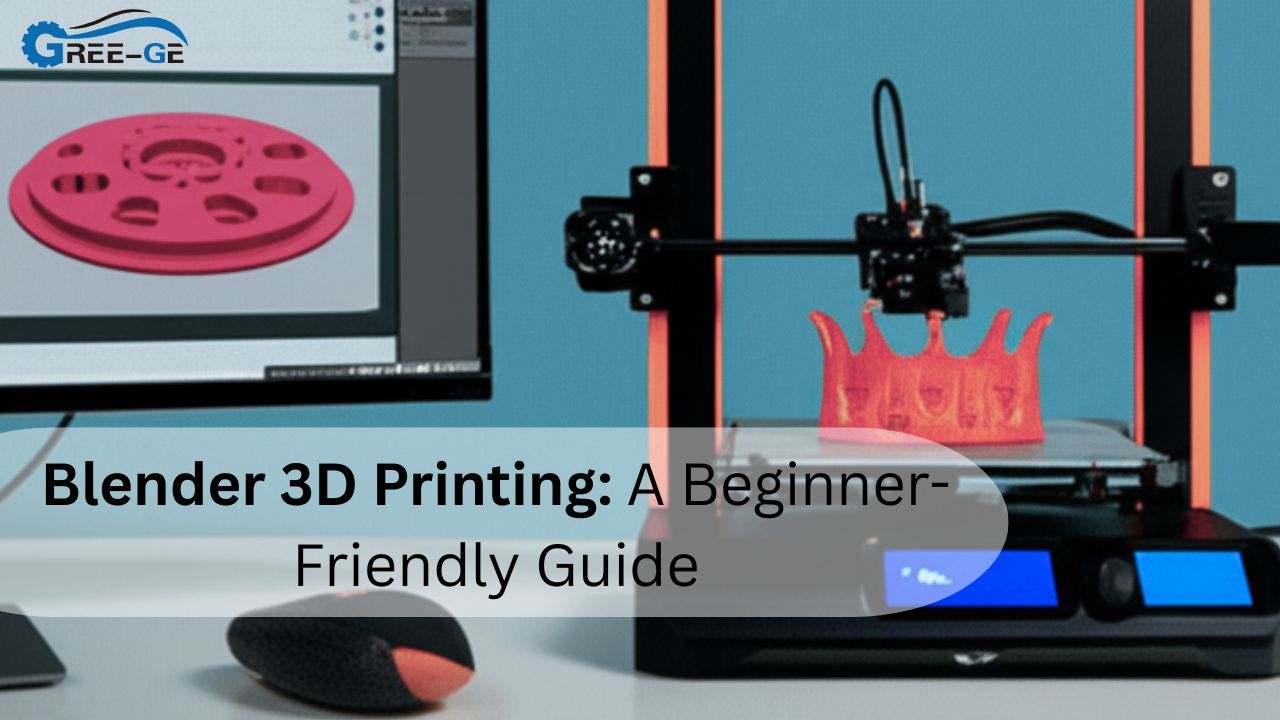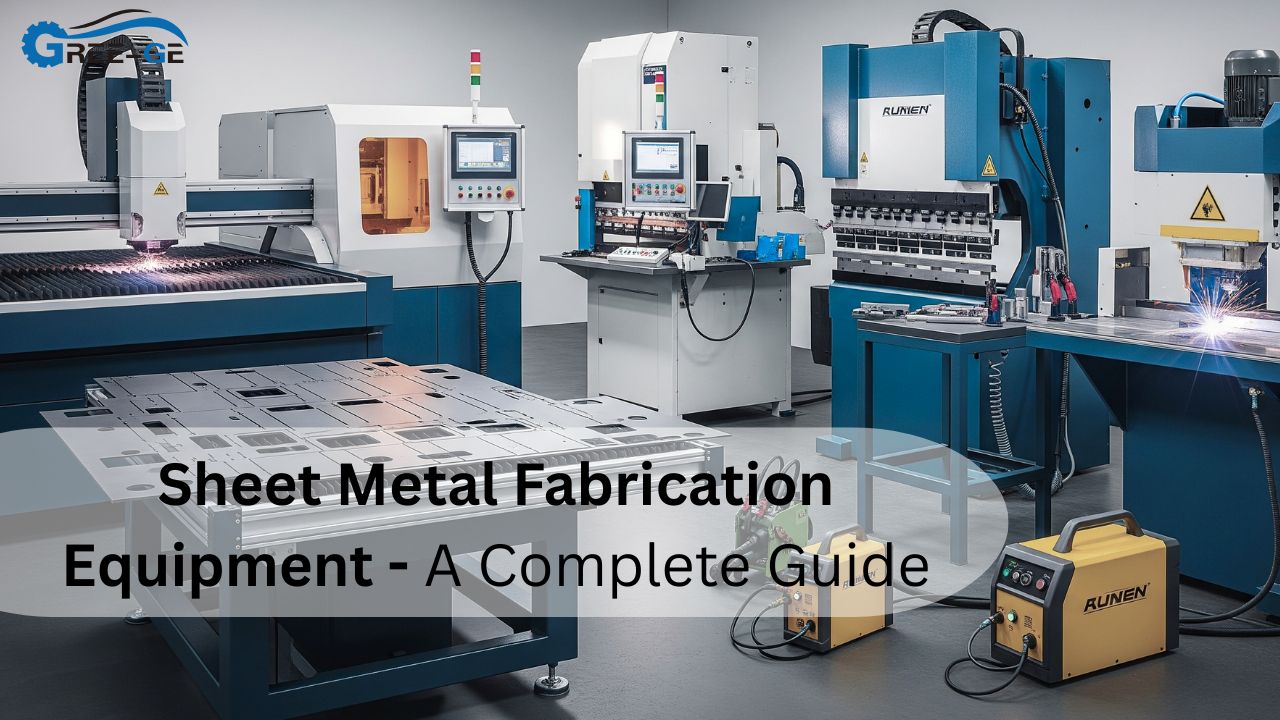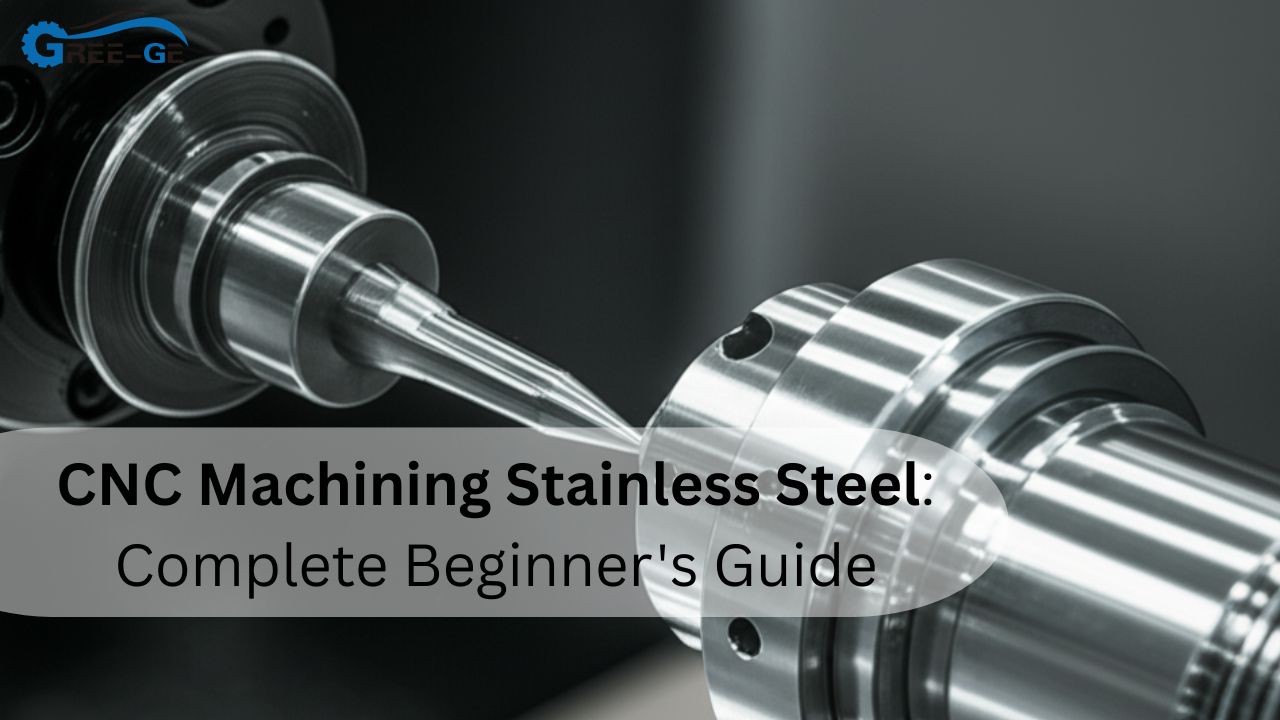You just drew a cool gadget in CAD—now you need it in shiny metal. But hold up! If the shop can’t mill your model, the quote will explode or the part will flop. Knowing a few simple aluminum CNC machining rules saves both headaches and money. For smooth aluminum CNC machining, remember:
- Round inside corners.
- Keep walls thick enough.
- Respect hole-depth limits.
- Avoid oddball tools.
- Add draft or multi-axis access for hidden spots.
Below, we’ll unpack each rule in plain words, share quick charts, and sprinkle real shop stories so you can design once and machine happy on the first try.
Design Rules for Aluminum CNC Machining
A solid blueprint is half the battle. Start with tool basics: end mills are round, so internal corners need a matching radius—never sharp points. Next, walls behave like guitar strings: too thin and they vibrate. Keep aluminum walls thicker than 0.25 mm, and floors thicker than 0.5 mm. Hole depth should stay under three times the diameter for easy chip clearing. Threads longer than 1.5×diameter rarely add strength and slow cutting. Finally, plan features that standard cutters can reach to dodge custom tooling fees. Following these fast facts pairs the low cost of aluminum with the big advantages of CNC machine repeatability that every job needs.
Internal Corner Radii
Picture mowing grass with a soccer ball—you’d miss corners! The same is true in aluminum CNC machining. Use an inside radius at least 10 % bigger than the cutter radius so chips evacuate and tool wear stays low. A 6 mm end mill likes a 4 mm corner, but 5 mm feels smoother. If you need smaller radii, switch to Micro-CNC machining cutters, yet expect longer cycle times and higher cost.
Wall Thickness Wisdom
Thin walls sing like tuning forks. Keep aluminum over 0.25 mm thick and height-to-thickness under 8:1. For taller fins—think heat sinks—add ribs or step the profile. Smart wall design lets quick prototype CNC machining match final production without extra setups.
Holes, Threads, and Depth
Standard spiral drills work best to 3×diameter. Deeper bores risk tool wander and chip choke. Counterbores or tapped holes? Plan thread depth no more than 1.5×diameter. Thread milling beats taps for tiny M2 holes, but requires correct helical paths in CAM.
Respect Internal Corners
Sharp corners, crack cutters, and warp parts. Round them generously instead. On aluminum CNC machining setups, a 3 mm tool loves a 2 mm inside radius. Larger radii also lower stress risers, boosting strength. Add “dog-bone” reliefs for square slots; the cutter nibbles past the 90° edge, leaving space for mating tabs. This trick shines when designing snap-fit brackets for acrylic CNC machining panels.
Info: Double the cutter diameter for the smoothest finish in pocket corners.
Build Solid Walls and Floors
Walls thinner than 0.25 mm wobble under coolant jets. Aim for 0.5 mm in tall sections. When you must save weight, carve internal pockets yet keep outer shells thick. Ribbing increases stiffness without bulk—a bonus in drone frames created with prototype CNC machining. Floor thickness? Stick to at least 0.5 mm so vacuum fixtures hold without bowing.
Quick Tip: Alternate rough and finish passes; rough leaves stock so the finish cut removes vibration scars.
Hole Depths, Diameters, and Threads
Deep holes trap chips. Limit drill depth to three times the diameter or add a through-hole for chip escape. Thread relief grooves ease tool exit and improve plating flow later. On every aluminum CNC machining run, choose coarse threads for soft alloys like 6061—less chance of stripping.
| Thread Size | Ideal Depth | Tap vs. Mill | Note |
| M3 | 4.5 mm | Tap | Low cost |
| M6 | 9 mm | Either | Thread mill for blind holes |
| ¼-20 | 9 mm | Tap | Common in jigs |
Fact: Threads beyond 1.5×diameter add only 5 % pull-out strength but increase cycle time by 20 %.
Keep Features Tool-Friendly
Strange grooves demand custom cutters. Instead, design radii that match off-the-shelf end mills. Recessed logos? Pocket them 0.25 mm deep so a 1 mm cutter can reach without snapping. Combining laser engraving after milling also allows for high-detail text on aluminum CNC machining parts—pair the processes like we do with acrylic CNC machining nameplates.
Suggestion: Limit slot width to cutter diameter plus 10 % for best swarf evacuation.
Draft Angles and Hidden Undercuts
Draft—slight taper—lets tools disengage cleanly and clears chips. A 1°-2° angle adds almost no weight yet speeds machining. Need undercuts? Plan for T-slot or lollipop cutters, or call on a 5-axis. Whenever Micro-CNC machining tiny undercuts, minimize depth to preserve cutter strength.
Danger: Ignoring the draft in deep pockets may trap the tool, leading to loud crashes and scraped stock.
Finish and Tolerance Targets
Standard Ra 3.2 µm finish suits most housings; Ra 1.6 µm shines for sliding fits. Avoid specifying “as smooth as possible”—shops will upcharge. Tight tolerances belong only where necessary, like bearing seats. Leave generous ±0.1 mm on cosmetic faces in aluminum CNC machining; sanding or bead-blast cleans tool marks fast.
Info: Each extra decimal place may double the machining time.
Heat Management to Avoid Warp
Aluminum conducts heat, but thin ribs can still warp. Use climb milling and balanced toolpaths to cut heat evenly. If your part looks like a waffle pan, machine both sides gradually to relieve stress. Many designers making molds for acrylic CNC machining forget this and wonder why lids rock like seesaws.
Warnings: Remove all sharp burrs before final anneal; burrs quench unevenly and twist thin walls.
From Prototype to Production
Early builds may skip chamfers or use looser fits to test shape. Prototype CNC machining benefits from quick-change fixtures and tabbed stock to save setup time. Once the design locks, optimize tool lengths, add radius where possible, and group operations to harness the full advantages of CNC machine repetition.
Success: Design once, prototype fast, refine corners—production flows at half the initial cycle time.
Material Choice and Post-Processing
Aluminum 6061 rules for cost and ease. Need extra strength? 7075 steps up. Want sparkle? 5083 anodizes beautifully. After cutting, deburr edges, then anodize, powder-coat, or clear-coat for corrosion guard. Hard-coat anodizing thickens the surface without rounding fine details—good for Micro-CNC machining gears.
| Alloy | Strength | Machinability | Typical Finish |
| 6061-T6 | Medium | Excellent | Clear anodize |
| 7075-T6 | High | Good | Hard anodize |
| 5083 | Good | Good | Bright color |
Conclusion
Great parts begin with smart design. Follow the corner-radius rule, keep walls stout, watch hole depths, and pick features that everyday cutters reach. Draft angles, balanced toolpaths, and right alloys finish the recipe. Stick to these pointers, and aluminum CNC machining becomes a breeze, delivering strong, clean, and affordable parts time after time.
FAQs
Why can’t internal corners be sharp?
Cutters are round; they must leave a curved path inside, not a perfect point.
Do thin walls always fail?
Not if braced, but too thin invites chatter and heat warp.
Is thread milling worth it for small parts?
Yes—milling gives cleaner threads and no broken taps in blind holes.
How much draft is enough?
One degree typically lets the tool exit without rubbing; deeper pockets may need two.
When should I move from 6061 to 7075?
When you need higher strength or fatigue life, and can handle slightly tougher machining.







